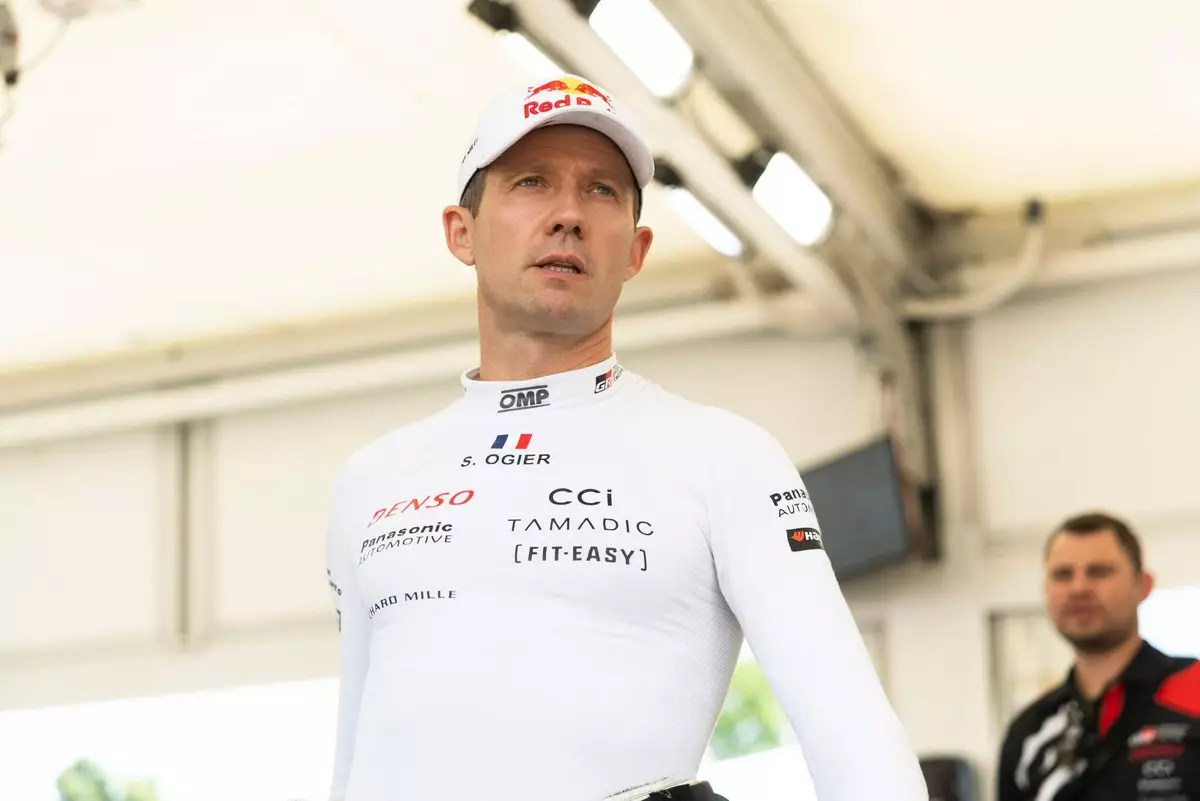Sebastien Ogier, a titan of the World Rally Championship, continues to defy expectations this season with a performance that many wouldn’t have predicted at its outset. Despite not competing in every round, his partial campaign has been nothing short of extraordinary. With three wins and two second-place finishes in just five rallies, Ogier has demonstrated resilience, skill, and tactical intelligence that place him right at the heart of the championship battle. His ability to maintain such high standards while selectively participating reveals a rare combination of experience and strategic planning, elevating him from a mere contender to a serious threat.
What makes Ogier’s current form truly remarkable is that he’s pursuing a championship despite attending fewer events. This indicates an exceptional level of consistency and talent. His average points haul—an impressive 28 points per race—underpins a narrative that champions the importance of quality over quantity. It’s a testament to his mastery; Ogier understands how to maximize every opportunity, making each rally count exponentially. The question emerges: can this partial campaign morph into a full-blown bid for the title?
The Unfolding Drama of Contention
Ogier’s position, trailing Ott Tanak by a mere 21 points, sets the stage for an extraordinary narrative in this year’s championship. With the margin to the leader shrinking compared to previous seasons, the Frenchman’s ambitions quietly swell. His acknowledgment that he’s closer than expected, despite missing three rallies, suggests a simmering hunger—not just to help his team clinch the constructors’ crown but potentially to carve out a personal victory.
However, Ogier remains pragmatic. He emphasizes that his priority is supporting Toyota’s broader championship ambitions. Yet, beneath this humility lies an intriguing question: if his performance continues uninterrupted, could he pivot from a supporting role to the main contender? The idea of a late-season surge, sparked by relentless consistency and strategic brilliance, challenges the traditional narrative of drivers focusing solely on full-time campaigns. Ogier’s approach demonstrates that in rallying, experience and tactical savvy can sometimes outweigh sheer participation.
The Unfinished Business and the Future Outlook
Looking ahead to Rally Finland, Ogier’s participation carries weight beyond his personal ambitions. His absence from Rally Estonia, replaced by rookie Oliver Solberg’s impressive display, indicates a shifting team dynamic. Toyota seems to be exploring different set-ups, experimenting with car configurations in response to Solberg’s strong showing. Ogier’s adaptability becomes vital here—balancing his natural desire to compete at the highest level with the team’s evolving development goals.
Furthermore, Ogier’s openness to extending his campaign later in the season reflects a nuanced understanding of rallying’s unpredictable landscape. His willingness to consider additional events hinges on the continued strength of his form. It’s a gamble—one rooted in confidence, yet fraught with risks. The rally world might have written him off as a part-timer, but Ogier’s recent results are a stark reminder that in motorsport, perseverance, and strategic timing can reinvent a competitor’s fate.
In essence, Ogier’s journey this year is more than a campaign; it’s a testament to how seasoned champions can redefine their roles within a season, turning perceived limitations into opportunities. The rally season is far from over, and if Ogier’s current momentum sustains, the championship scene might witness an unexpected, yet very welcome, resurgence of one of its greatest heroes.


Leave a Reply